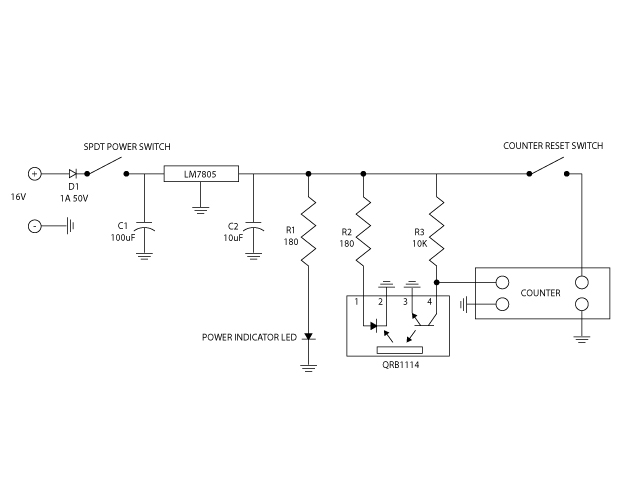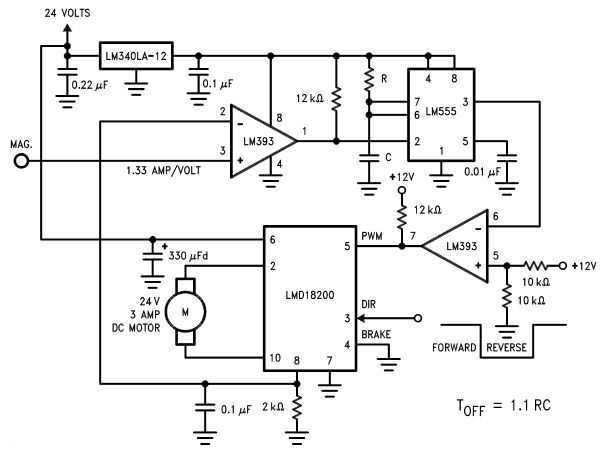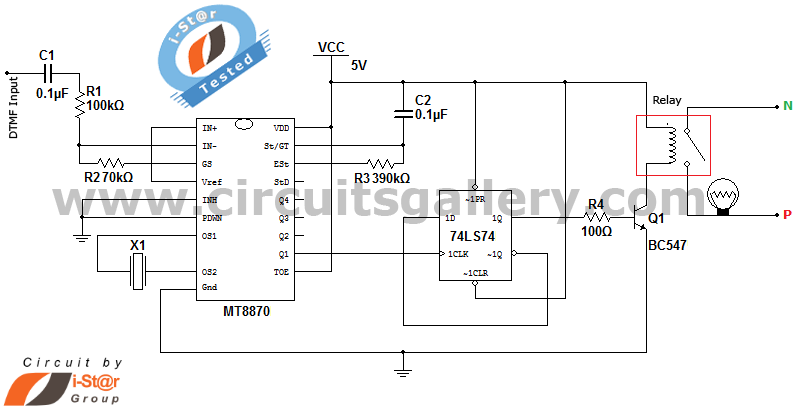
pickup winder project blog

When starting to create pickups, a larger lathe was acquired, while a mini lathe that was intended for sale was repurposed.
In the realm of electronics, pickups are essential components, especially in applications such as electric guitars and other stringed instruments. A pickup converts the mechanical vibrations of the strings into electrical signals, which can then be amplified. The process of crafting pickups involves precision engineering and an understanding of electromagnetic principles.
The repurposing of a mini lathe can significantly enhance the fabrication process. The lathe is a critical tool for shaping components, allowing for the creation of custom parts that meet specific design requirements. By utilizing both the larger lathe and the mini lathe, an engineer can optimize the production of pickup components, ensuring consistency and quality.
The design of a pickup typically involves the arrangement of magnets and coils. The magnet creates a magnetic field, and when the strings vibrate, they disturb this field, inducing an electrical current in the coil. The configuration of these components can vary, leading to different tonal qualities and output levels.
In a professional setup, it is advisable to implement a schematic that outlines the electrical connections and component placements. The schematic should include details such as the type of magnets used (e.g., Alnico or ceramic), the gauge of the wire for the coils, and the number of turns in the coil, as these factors influence the pickup's performance.
Furthermore, incorporating adjustable pole pieces can allow for fine-tuning of the output from individual strings, enhancing the overall playability and sound quality. The use of shielding techniques may also be necessary to minimize electromagnetic interference, ensuring a clean signal.
Overall, the integration of a mini lathe into the pickup manufacturing process not only optimizes production but also allows for innovation in design and functionality, leading to enhanced musical performance.When I started out making pickups, I had just bought a bigger lathe and had one of those mini one that I was just going to sell. I instead turned it into a wi.. 🔗 External reference
In the realm of electronics, pickups are essential components, especially in applications such as electric guitars and other stringed instruments. A pickup converts the mechanical vibrations of the strings into electrical signals, which can then be amplified. The process of crafting pickups involves precision engineering and an understanding of electromagnetic principles.
The repurposing of a mini lathe can significantly enhance the fabrication process. The lathe is a critical tool for shaping components, allowing for the creation of custom parts that meet specific design requirements. By utilizing both the larger lathe and the mini lathe, an engineer can optimize the production of pickup components, ensuring consistency and quality.
The design of a pickup typically involves the arrangement of magnets and coils. The magnet creates a magnetic field, and when the strings vibrate, they disturb this field, inducing an electrical current in the coil. The configuration of these components can vary, leading to different tonal qualities and output levels.
In a professional setup, it is advisable to implement a schematic that outlines the electrical connections and component placements. The schematic should include details such as the type of magnets used (e.g., Alnico or ceramic), the gauge of the wire for the coils, and the number of turns in the coil, as these factors influence the pickup's performance.
Furthermore, incorporating adjustable pole pieces can allow for fine-tuning of the output from individual strings, enhancing the overall playability and sound quality. The use of shielding techniques may also be necessary to minimize electromagnetic interference, ensuring a clean signal.
Overall, the integration of a mini lathe into the pickup manufacturing process not only optimizes production but also allows for innovation in design and functionality, leading to enhanced musical performance.When I started out making pickups, I had just bought a bigger lathe and had one of those mini one that I was just going to sell. I instead turned it into a wi.. 🔗 External reference





